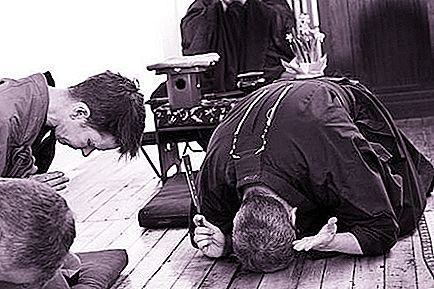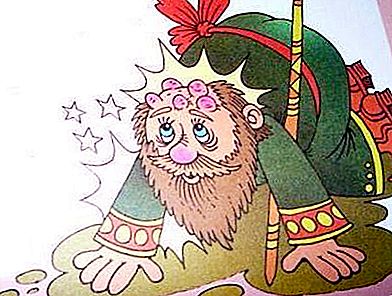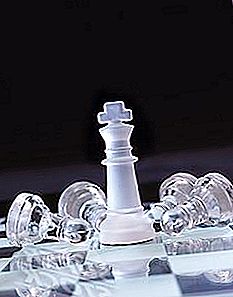The meaning of phraseology “beaten with a brow” does not become more understandable, if we clarify that in the old days in Russia brow was called forehead: beaten with the forehead. Why and under what circumstances? Let's figure it out.
The origins
Having plunged into the history of Russia, we will see that in the course of our ancestors there were bowing of the earth. Most often they were done like this: a man fell to his knees and bowed so low that his forehead hit the floor. With this deep bow, which was said to "bow with great custom, " people expressed incredible reverence for the person in front of whom they had to beat their foreheads. The meaning of this ritual has migrated to vocabulary. In ancient Russia, the words “brow” were widely used in business letters, letters of agreement and private correspondence.
The meanings of phraseology
The first texts in which linguists have found this bizarre expression are contained in birch bark letters of the XIV century and indicate greeting in private correspondence. That is, browing was supposed not only to the tsar, but to sister, matchmaker, brother, friend, etc. In some letters of the middle of the XIV century, this verbal formula is used in the meaning of "complain".
A century later, as historians discovered, the phrase has opened up new semantic connotations: request, petition. With them, the people went to the authorities to brow. The value of phraseologism in this case brings us back to the idea of a yearning for an earthly bow before the powers that be.
In the XVI century, according to the literary monument of Russian antiquity “Domostroy”, the phrase was used in the meaning of “present as a gift”, also, of course, with the deepest respect. The brow was taken by the elder friend during the wedding ceremony, when he, on behalf of the bride, brought the groom a loaf, cheese and her scarf.
In the written sources of the 17th century, phraseological unit expresses a polite wish and gratitude.
In "The Life of Stephen Perm" there is a description of how a pagan priest beats his forehead, repenting of his guilt. And in Christian churches, believers bowed low, touching their forehead to the floor, kneeling in front of the icon.
East Asian roots of Russian custom

Is the custom to beat the brow native Russian or did our ancestors “spy” it on other peoples with whom historical fate connected them? Researchers believe that he came to us from Asians. In the East, it was customary to prostrate oneself before the ruler, without looking up at the royal person. The element of self-abasement of the subject seemed to add significance to the emperor.
At the Chinese court there were more than three thousand rules of ceremonial conduct, among which a special place was occupied by the weighting of the bow of the earth. Perhaps this custom seeped into Russian court etiquette. Historians know that even at the beginning of the 15th century, Russian princes paid little respect to the Moscow Tsar. Conversations with the monarch were conducted easily, in a friendly manner, almost on equal terms. And only by the end of the century, when the Russian court had taken the ceremonial rites from the Byzantines (this happened with the marriage of Ivan III to the Byzantine princess), together with the magnificent arrangement of the royal chambers, the sovereign demanded special honors. Under his grandson, Ivan the Terrible, the boyars and other ranks bowed to the tsar to the floor, that is, they beat him with a forehead. Custom has become common.

Petition
Written statements or petitions in which people addressed the monarch in all forms were called petitions. The custom to serve them existed until the eighteenth century. The letters began with the words “brow beat” addressed to the king, then followed by information about the supplicant and the request itself. A personal signature was put at the end of the document. The petition brought to the royal palace, where they were collected by the Duma clerk. To avoid misunderstandings, on the reverse side, the official put the date and his signature.






